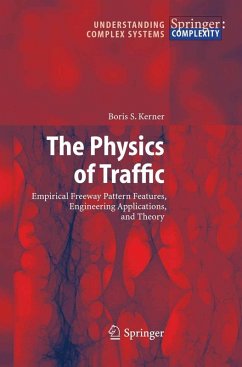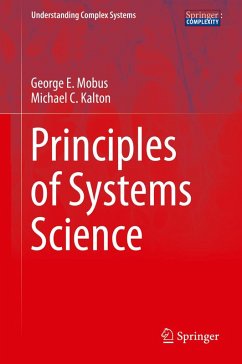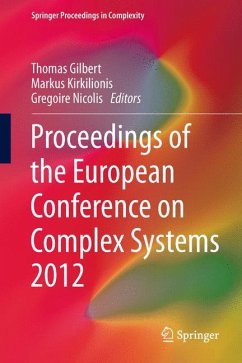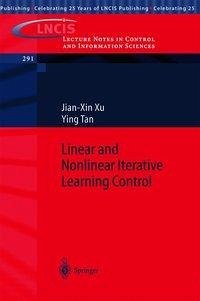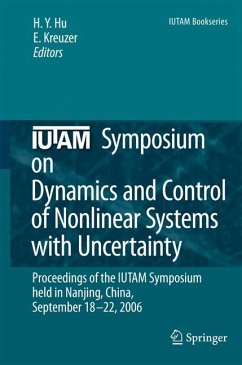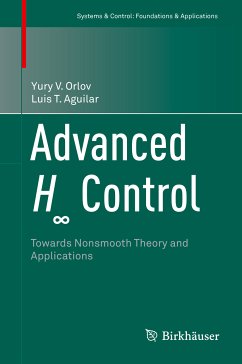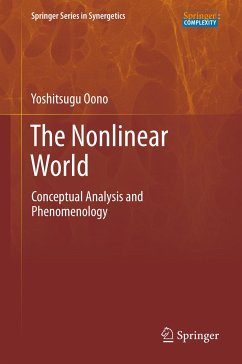
The Nonlinear World (eBook, PDF)
Conceptual Analysis and Phenomenology
Versandkostenfrei!
Sofort per Download lieferbar
72,95 €
inkl. MwSt.
Weitere Ausgaben:

PAYBACK Punkte
36 °P sammeln!
The most important characteristic of the "world filled with nonlinearity" is the existence of scale interference: disparate space-time scales interfere with each other. Thus, the effects of unknowable scales invade the world that we can observe directly. This leads to various peculiar phenomena such as chaos, critical phenomena, and complex biological phenomena, among others. Conceptual analysis and phenomenology are the keys to describe and understand phenomena that are subject to scale interference, because precise description of unfamiliar phenomena requires precise concepts and their pheno...
The most important characteristic of the "world filled with nonlinearity" is the existence of scale interference: disparate space-time scales interfere with each other. Thus, the effects of unknowable scales invade the world that we can observe directly. This leads to various peculiar phenomena such as chaos, critical phenomena, and complex biological phenomena, among others. Conceptual analysis and phenomenology are the keys to describe and understand phenomena that are subject to scale interference, because precise description of unfamiliar phenomena requires precise concepts and their phenomenological description. The book starts with an illustration of conceptual analysis in terms of chaos and randomness, and goes on to explain renormalization group philosophy as an approach to phenomenology. Then, abduction is outlined as a way to express what we have understood about the world. The book concludes with discussions on how we can approach genuinely complex phenomena, including biological phenomena. The main target of this volume is young people who have just started to appreciate the world seriously. The author also wishes the book to be helpful to those who have been observing the world, but who wish to appreciate it afresh from a different angle.
Dieser Download kann aus rechtlichen Gründen nur mit Rechnungsadresse in A, B, BG, CY, CZ, D, DK, EW, E, FIN, F, GR, HR, H, IRL, I, LT, L, LR, M, NL, PL, P, R, S, SLO, SK ausgeliefert werden.




